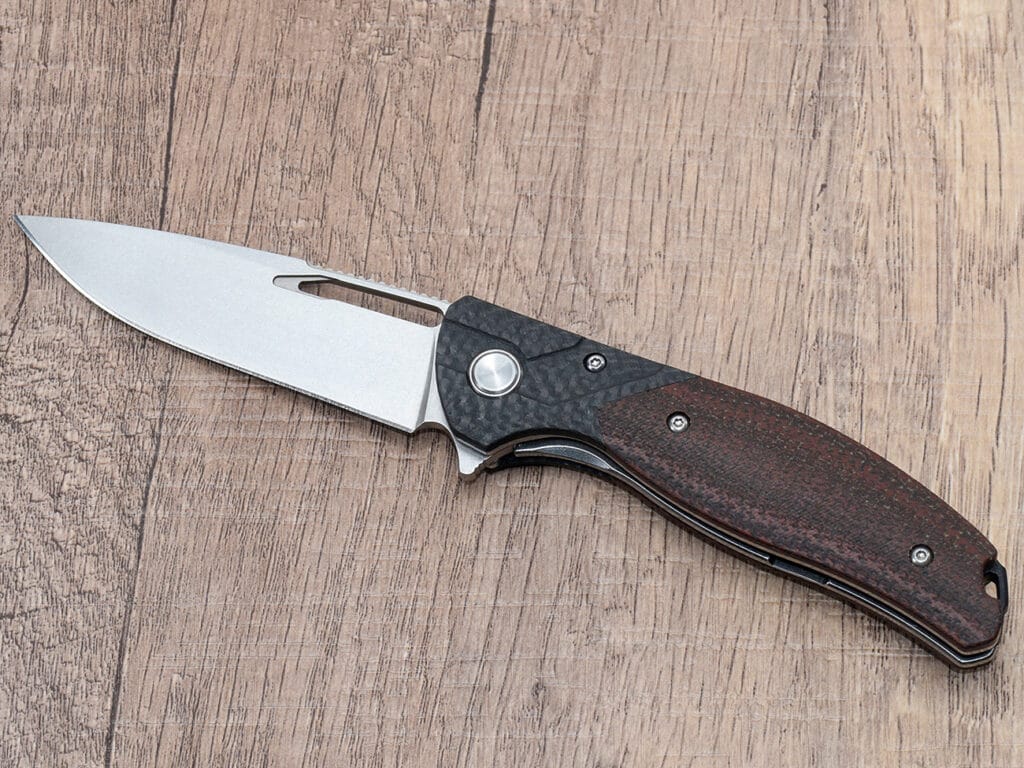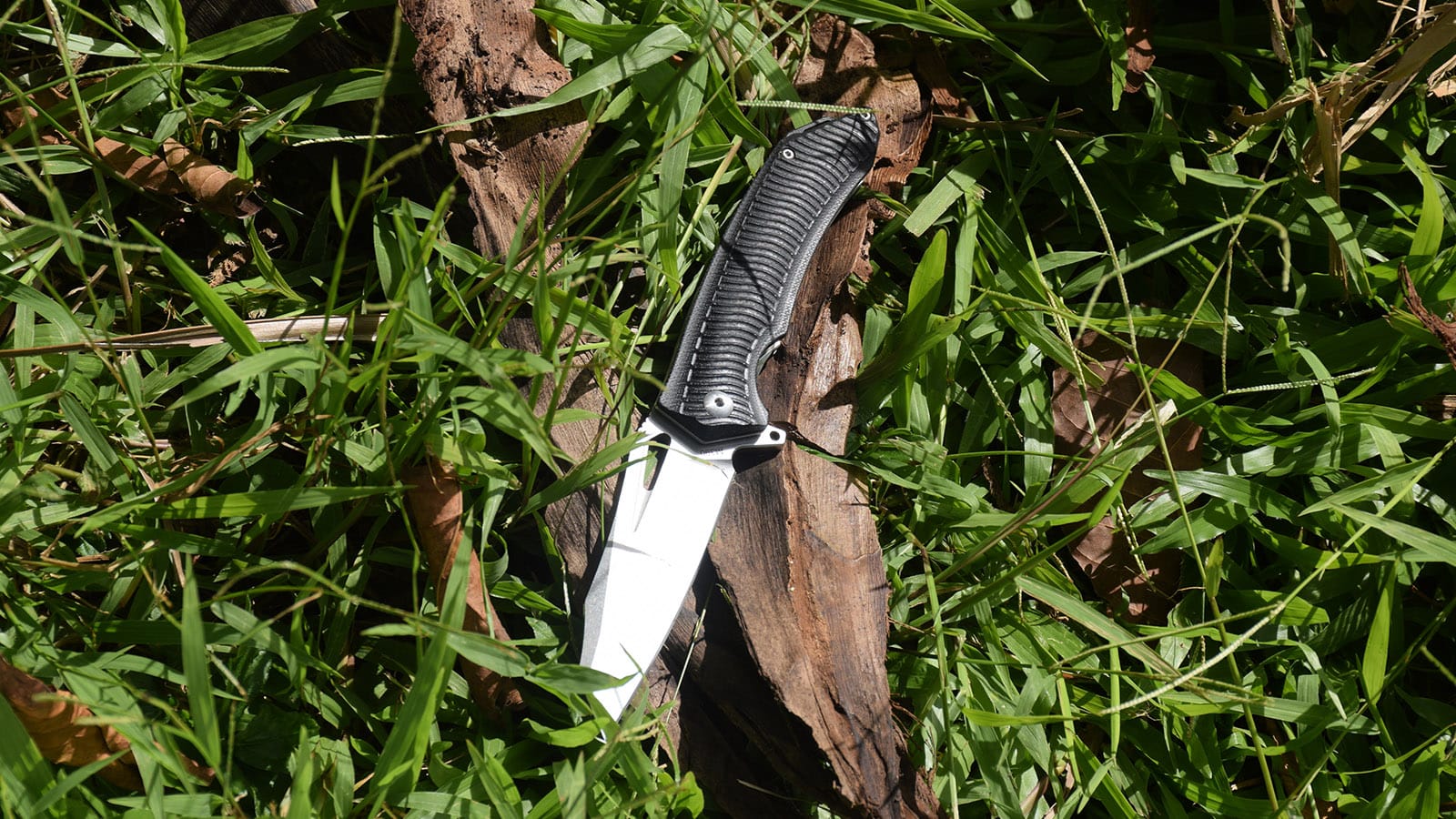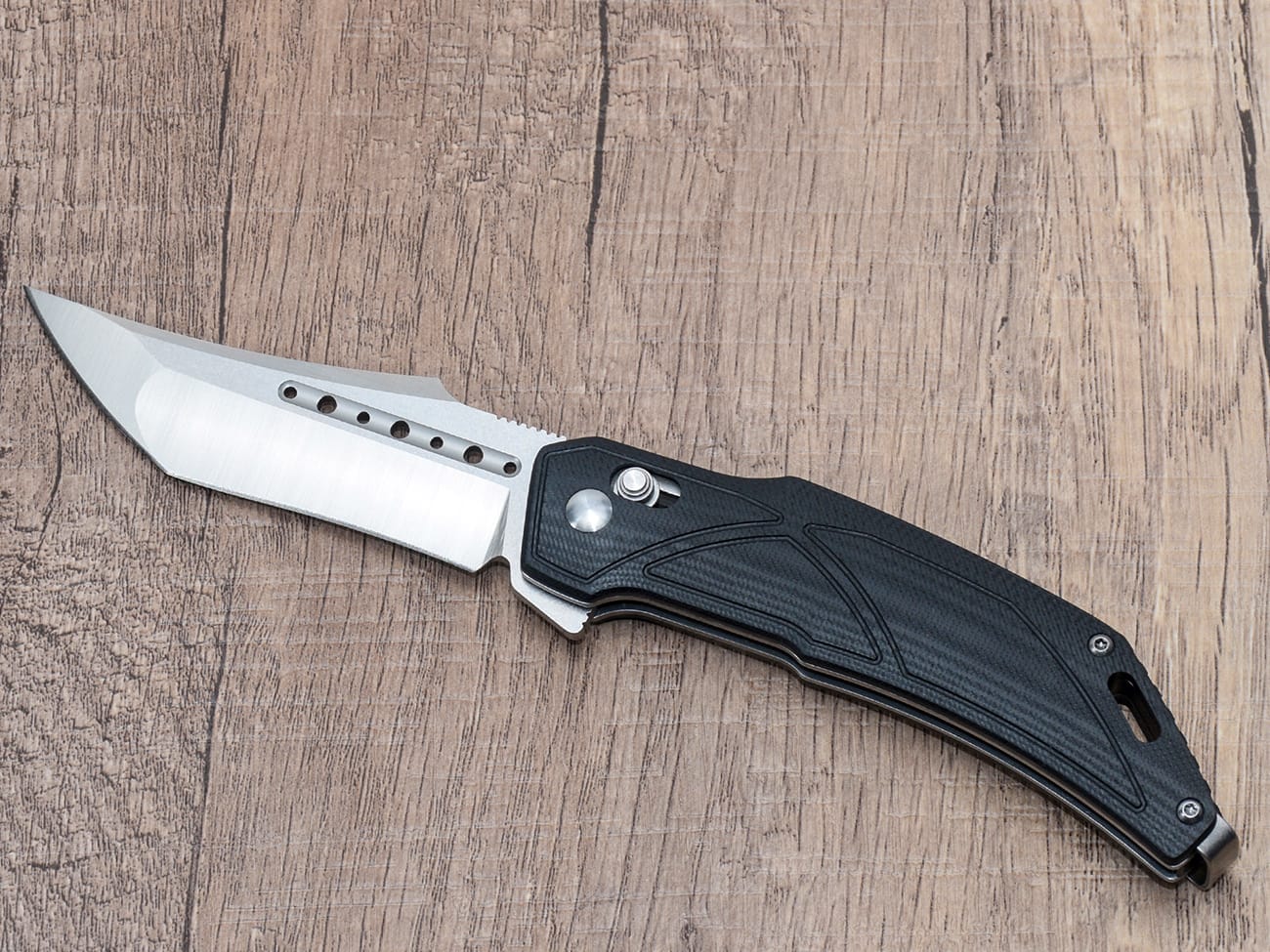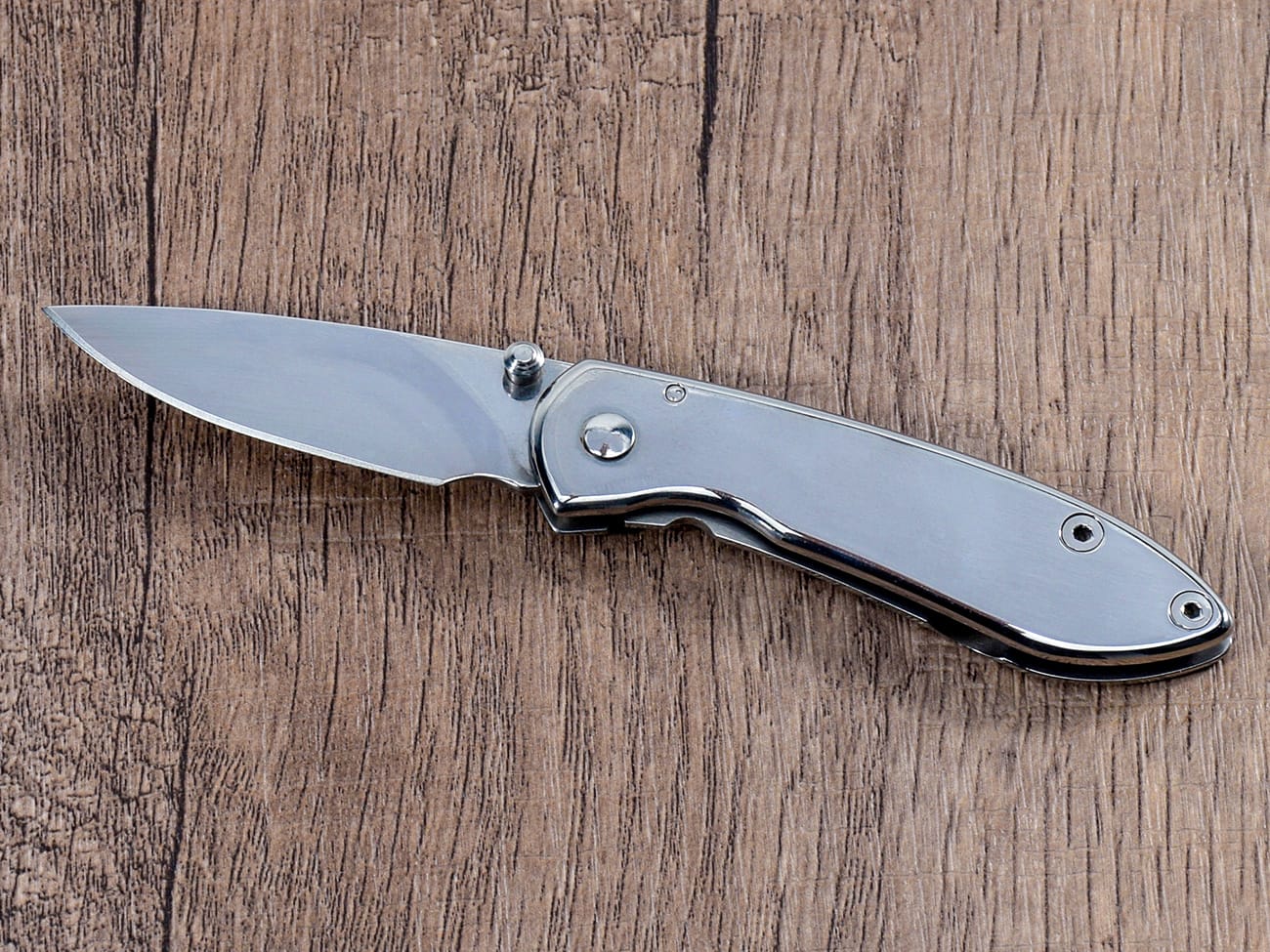Shipping knives can be tricky, but with the right knowledge and proper packaging, you can safely and legally mail your pocket knife through postal services. This comprehensive guide covers everything you need to know about shipping regulations, packaging requirements, and best practices to ensure your knife reaches its destination securely.
Are Pocket Knives Legal to Ship?
Yes, most pocket knives are legal to ship within the United States through USPS and other carriers. However, there are important restrictions and regulations to follow:
- Standard folding knives are generally mailable
- Fixed blade knives require special packaging
- Switchblades and automatic knives face strict restrictions
- International shipping has additional requirements
USPS Rules and Regulations for Shipping Knives
The United States Postal Service has specific guidelines outlined in Publication 52 regarding shipping sharp objects and knives:
- Knives must be properly secured to prevent injury
- Blades must be completely covered and protected
- Package must be clearly labeled as containing sharp objects
- Some automatic knives may be restricted based on local laws
For safe shipping, consider exploring quality EDC knives that meet postal regulations.

How to Package a Knife for Shipping
Proper packaging is crucial for safe transport. Here’s a step-by-step guide:
- Wrap the blade in bubble wrap
- Secure the knife in closed position
- Add cushioning material
- Use a sturdy box
- Fill empty spaces to prevent movement
- Seal all edges with strong tape
What’s the Best Shipping Method for Knives?
Several shipping options are available:
- USPS Priority Mail
- First Class Mail (for lighter knives)
- FedEx Ground
- UPS Ground
Custom pocket knives often require insurance and tracking for added security.
International Knife Shipping Guidelines
Shipping knives internationally requires additional considerations:
- Check destination country’s knife import laws
- Complete customs declaration forms
- Provide detailed item description
- Be aware of potential customs fees
- Consider using folding knives for easier customs clearance
Common Mistakes to Avoid When Shipping Knives
Watch out for these frequent errors:
- Insufficient packaging
- Incorrect customs documentation
- Missing required labels
- Improper blade protection
- Inadequate insurance coverage
Cost Considerations for Shipping Knives
Shipping costs vary based on:
- Weight and size
- Destination
- Shipping method
- Insurance value
- Additional services needed
Tips for Shipping Expensive or Custom Knives
When shipping valuable custom pocket knives:
- Always insure the full value
- Use signature confirmation
- Document condition before shipping
- Take photos for records
- Choose premium packaging materials
Legal Considerations and Documentation
Keep these legal aspects in mind:
- Verify local knife laws
- Maintain shipping records
- Include proper documentation
- Follow carrier guidelines
- Consider restricted knife types
How to Track and Insure Knife Shipments
Protect your shipment with:
- Tracking numbers
- Insurance coverage
- Delivery confirmation
- Signature requirements
- Photo documentation
Key Takeaways:
- Always package knives securely with proper protection
- Follow USPS and carrier-specific guidelines
- Include required documentation and labels
- Consider insurance for valuable knives
- Verify legal requirements for destination
- Keep records of all shipments
- Use tracking and delivery confirmation
- Choose appropriate shipping methods
- Document knife condition before shipping
- Consider customs requirements for international shipping
Remember, proper packaging and adherence to regulations ensures safe delivery of your knife while maintaining legal compliance.




